As soon as a teenager turns 16 years of age, they are legally eligible to drive. For most youngsters, this is a huge milestone and achievement as it marks their approach into adulthood, and have more freedom. However, most often, the thrill of driving and speed can have dangerous, and fatal effects.
According to a survey conducted by the Insurance Institute for Highway Safety, the fatal crash rate per mile driven for 16-19-year-olds is nearly 3 times the rate for drivers ages 20 and over in the United States. The risk of accidents amongst drivers aged 16 and 17 is the highest. In the year 2018, 7 percent of motor crash death victims were teenagers. In 2017, it was noted in a survey that the leading cause of death in teenagers between 13 to 19 years old was motor vehicle crashes.
These numbers are alarming, even when there are strict rules for graduating licenses and proper training. The same survey also revealed that deaths due to motor vehicle accidents in male teens aged 16-19 years were twice that of female teens.
Another disturbing fact is that more teen driving accidents are caused in the presence of teenage passengers – the more the number of passengers, aged between 16 and 19 years, the higher the risk of a crash. In 2018, 57 percent of the deaths of teenage passengers in passenger vehicles occurred in vehicles driven by another teenager. Among the deaths of passengers of all ages, 12 percent occurred when a teenager was driving.
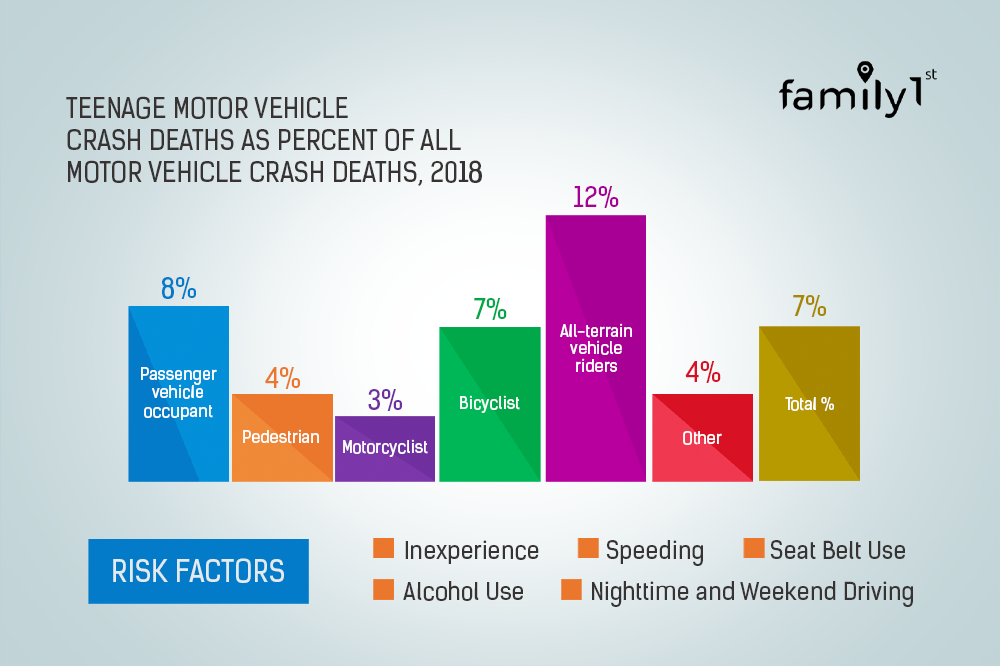
A study by the National Household Travel Survey conducted in 2017 indicated that the crash rate per mile driven is higher in new teen drivers, especially in the first month of getting their license.
Table of Contents
The factors that put teen drivers at risk
Driving skills
As new drivers, teens are inexperienced and can underestimate dangerous situations. They lack the training and intuition that comes from years of practice and thus are more prone to make critical driving errors than an adult and experienced driver. Also, many teens find the thrill of speeding addictive. It supports their newfound freedom and also puts them at a higher risk of crashes.
Safety Rules
Compared with other age groups, teens and young adults often have the lowest seat belt use rates. In 2017, only 58.8% of high school students always wore seat belts when riding as passengers. Among young drivers aged 15-20 who died in car crashes in 2017, almost half were unrestrained at the time of the crash (when restraint use was known). A study in 2018 also indicated that seat belt usage in passengers aged 16-19 was lower (34 percent) as compared to the same age-group drivers (48 percent).
Using Cell phones while driving
With the increase in virtual presence, life on social media has become more important to many people, especially teenagers and young adults. Although there have been serious campaigns by the government regarding the dangers of using mobile phones while driving, 32.8% of high schoolers were found texting or calling while driving, according to a survey held in 2017. About 12% of teenage fatal motor vehicle accidents were caused due to distracted driving. It is found that texting or calling while driving can reduce the response time of a young driver to that of a 70-year-old, thereby increasing the chances of a crash.
Driving Under Influence
Most teenagers do not have access to alcohol as the legal drinking age is 21, and that is why they are less likely to drive under the influence. However, if they do drink, the possibility of them getting into an accident becomes higher than an average adult. The estimated percentage of fatally injured passenger vehicle drivers ages 16-17 who had BACs at or above 0.08 percent in 2018 was 16 percent. In 2017, it was found that about 58% of 15-20-year-old drivers, who were killed in a motor vehicle crash, were driving under the influence and did not wear their seatbelts. Also, about 20% and 31% of male drivers between the ages of 15 and 20 involved in fatal crashes, were found to be drinking and speeding, respectively.
Nighttime and weekends
It is well known that several accidents are caused mostly at night time because of no rush, which tends to make drivers of all ages drive at a faster speed. In 2017 and 2018, about 51% and 52%, respectively, of teenage deaths caused due to motor vehicle crashes occurred on Friday, Saturday, and Sunday, of which most happened between 6 p.m. to 9 p.m. (18%), 9 p.m. to midnight (16%) and in the early morning hours of 3 a.m. to 6 a.m. (15%).

How to reduce teenage driving risk?
From the above statistics, it is clear that most teenage deaths in motor vehicle crashes happen due to one or more of these:
- Inexperienced/new driver
- Driving with a teenage passenger
- Driving without seatbelts
- Speeding
- Driving after drinking
- Distracted Driving
- Nighttime and weekend driving
As parents, here are a few preventive measures you can take to reduce the chances of your teen getting into an accident and make them practice safe driving:
Seat Belt Alarms
There are several kinds of seat belt alarm systems available in the market that would remind your teen to wear their seatbelt before and during driving. Wearing a seat belt can reduce the chances of being fatally injured in a car accident by half. Various State laws regarding the Primary and Secondary Enforcement of Seat Belt Laws vary. However, it was found that states with stricter laws and higher usage of seat belts amongst all age groups.
Avoid Distracted or Drowsy Driving
Make sure to talk and educate your kids about the risks of driving under the influence of alcohol or any other substance, as well as the use of phones while driving. Have open communication rather than enforcing it on them. It is more important that they understand the severe consequences of their actions.
Know the Rules
Even though they are old enough to get a license, have some rules in the house about how far can they drive, as well as at what times. Having a curfew, especially during the weekend, will decrease the chances of them getting in an accident. Also, do talk to them about peer pressure and unnecessary speeding caused due to it. Driving safely, within the allowed speed limit is more beneficial than giving in to pressure from friends or seniors.
Another great tool that is available to parents is a GPS tracking device for teens, designed specifically to monitor the movements of young kids and teenagers. Family1st offers real-time GPS tracking devices for cars that are compact and discreet, and send location information, continually. Our devices are easy to attach and come along with a multi-functional platform, that allows you to keep track of your kids at all times. You can access all location and time information recorded on the platform on the device of your choice. We also have an app that assists you in keeping a check on the web presence of your kid, ensuring that they are not exposed to materials that can influence their young minds. With the help of our platform, you can pre-set certain driving rules and will be notified if your teenage driver is speeding, hard braking, or going to restricted places like bars or liquor stores.
To know more about our GPS trackers for vehicles, GPS vehicle trackers in real-time, and services, please contact us! Say yes to technology. Switch to a GPS car tracker today.
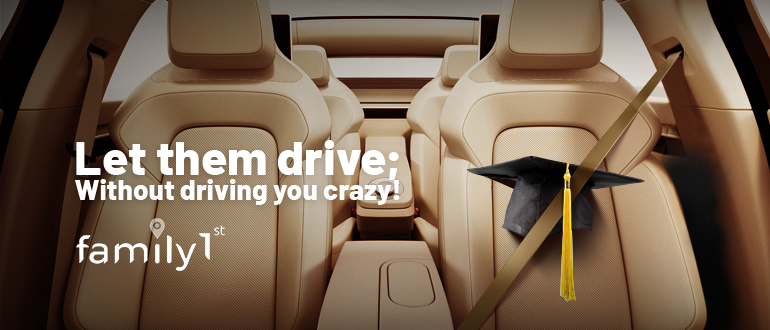




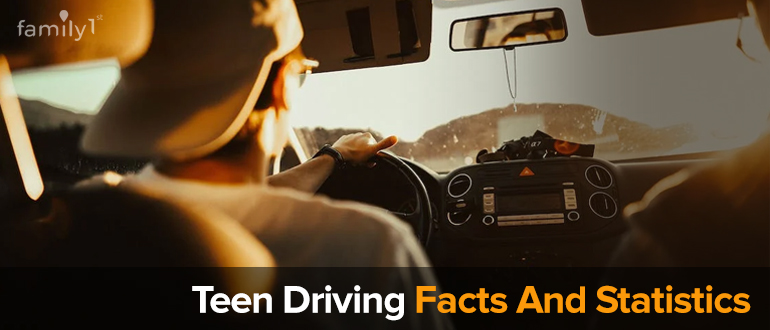
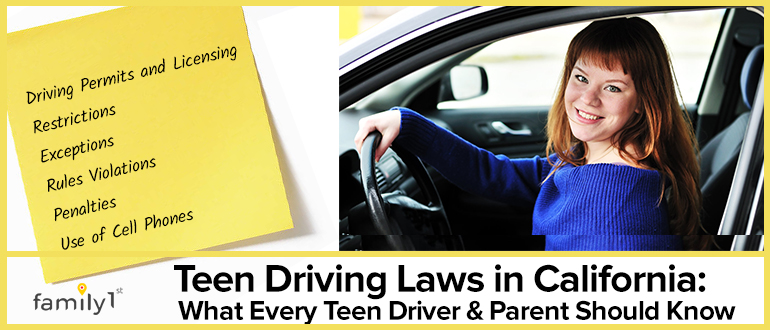
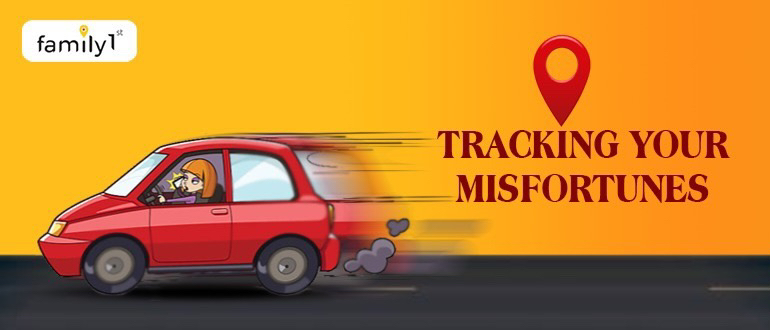



Next
Previous